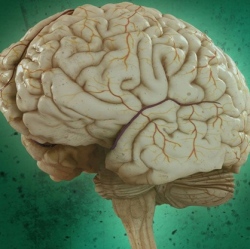
Researchers measured the brain activity of children whose sleep had been restricted by four hours and found some worrying signs. The study included 13 children aged between five and 12 and compared the effects of a normal night’s sleep (9pm bedtime) with a restricted night’s sleep (2am bedtime), both with the same wake time.
Previous studies in adults have shown that sleep restriction increases deep sleep waves, patterns of brain activity associated with the deepest sleep, in the front region of the brain. The researchers found similar effects in children, but this time at the back and side regions of the brain involved in planned movements, spatial reasoning, and attention.
The researchers were concerned this could impact on the development of the brain. Neural structures inside the brain change and adapt to the stimulus the brain receives; a concept known as plasticity. The worry is that the deep sleep waves could disrupt or slow down normal plasticity development.
They also found that sleep deprivation was linked with some structural changes to the myelin sheath, the fatty coating on nerve fibres going towards the back of the brain. However, it’s quite a big step to say this results in disruption to brain development.
This study was tiny, and observed short term effects. We have no idea whether similar sleep deprivation would have any long-term effect on a child.
In general the researchers found that when sleep was restricted, the children, like adults, had increased depth of sleep, or non-REM sleep, as indicated by increased slow-wave activity (SWA). However, the brain location was different to adults.
Rather than the front regions of the brain, SWA was towards the side and back regions of the brain (parieto-occipital region). This area of the brain has many functions including processing visual signals (occipital lobe) and sensory information (parietal lobe), so affecting planned movements, spatial reasoning, and attention.
It appears that for children this region may be more susceptible, and possibly vulnerable, to a lack of sleep. Sleep restriction also seemed to be linked with the amount of water in the myelin coating a developing optic nerve fibre towards the back of the brain on both sides. The potential implication(s) of this are unclear.
